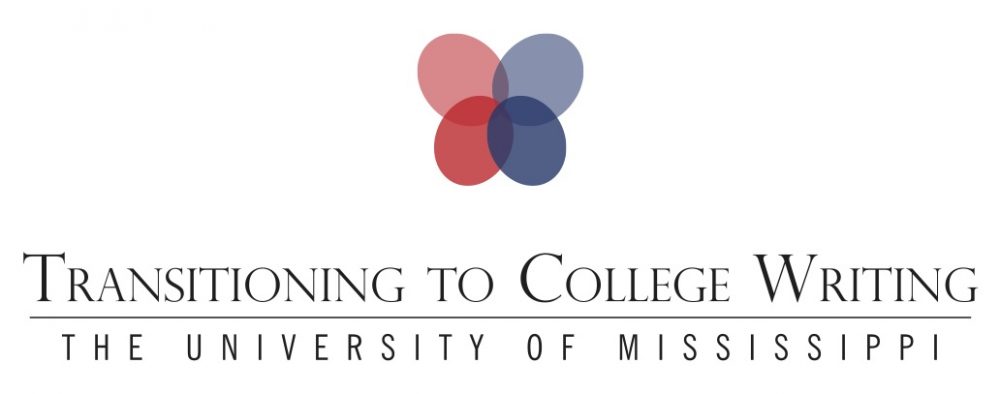For the past third of my career teaching composition, I’ve been trying to recreate the flow of the first two thirds. I think that finally I have a clue about how to do this from reading Peter Elbow’s recent book Vernacular Eloquence. The title is a play on Dante’s treatise Vulgaris Eloquence, a defense of the use of everyday Latin.
On the cover of the book after the title is the phrase “what speech can bring to writing.” Elbow argues passionately that spoken English is not inferior to written English, that, in fact, it offers spontaneity, voice, and liveliness, all qualities that good writing, exemplified by good literature, needs. Today a common complaint is that students write like they talk, that texting, blogging, and other “talky” forms of writing are corrupting Standard Edited English. Elbow sees this charge as class warfare. He looks to the past to show how historically the upper classes have deemed their language superior. He looks to linguistics to prove that no language is inherently inferior or superior to another.
Anticipating that some readers will see Elbow’s ideas as grounds for an “anything goes” approach, he defends his position. He distinguishes between careless and careful writing and insists that good writing is careful, but that the carelessness of early drafts comes before the polished final. He understands that he will have detractors and that his ideas make take time to take root, just as free writing did.
I’ve never read a book quite like this one. It is much denser than my other favorite, Writing Without Teachers. It’s taken me weeks to finish it because it contains dozens of references to scholars, linguists, social scientists, writers, and philosophers. That Elbow spent years writing this book and that he talked obsessively about it to anyone who would listen is not surprising. There’s an urgency to the book, a call for massive change in attitude and approach to teaching writing.
Here are some of Elbow’s ideas about how to mine speaking for writing:
- Use free writing.
- Let writing “speak on to the page.”
- Read writing aloud for syntax, rhythm, and flow.
- Trust the ear as writing has an aural quality. (He acknowledges that for people who don’t speak correctly that this can be tricky.)
- Use sentence outlines that link ideas instead of static word or phrase outlines.
- Formulate the thesis after exploration in writing, not before.
- Adopt a nonjudgmental attitude to writers and to writing. Of course, this doesn’t mean no grades.
Even though Elbow’s ideas seem best suited to personal writing, he claims that they will carry over into engaging critical writing as well. I agree with him that quality academic writing is hardly voiceless.
Early in my teaching career, before I knew anything about writing theory, my colleagues whisked me off to a conference in Memphis. Peter Elbow was there. He was offbeat, fired up about writing, and inspirational. Last year, I stood in line at the 4 C’s to get an autographed copy of his new book. Elbow looked quite distinguished with silver hair, his suit and tie. I had no clue that the ideas in his new book would help dissolve the resistance I’ve been feeling from my students.
This semester I am talking to my composition classes about Elbow and using his techniques. My students like them, too. As one of them said, “This feels more natural.”
So, to Peter Elbow, I say, “Thanks for the revolution. Count me in.”


